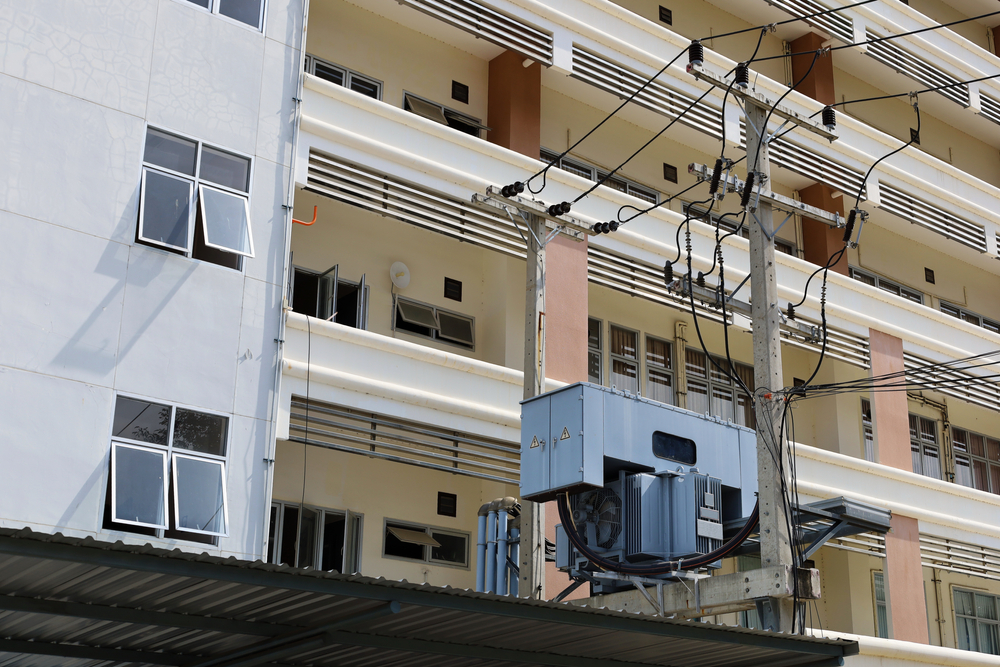Can you put a building under a power line? It all depends on what kind of building you’re talking about. In this blog, we’ll take a look at different factors that can help you determine if there’s space for your building under a power line.
What You Should Know Before Constructing a Shed Near or Below a Power Line
Similar structures, such as tall fences, buildings, and billboards, pose a hazard to safety and reliability. Failure to maintain a safe space between them and electricity wires could be hazardous. The obstruction could also prevent maintenance and repair employees from gaining access to the electricity cables.
In addition, if a high-voltage transmission line comes into contact with such structures, it might result in power disruptions for hundreds of people in the region.
Permission to construct beneath a power line depends on the power line supplier and type of power line. For example, transmission overhead power lines are subject to different regulations than distribution overhead electricity lines.
Before constructing a shed near or beneath a power line, you should contact your local provider. They will confirm your compliance with all measurements and other specifications. These verifications involve estimating the sag and sway of the specific power line, as well as the line’s movement on both hot and windy days.

When can a shed be constructed beneath a power line?
Not all sheds constructed beneath power lines pose the same concerns. Others are safer than some. Moreover, you may always limit the dangers by adhering to certain protocols.
For instance, a shed or outbuilding might be constructed beneath a low-voltage distribution power line or by maintaining a horizontal spacing of approximately 5 feet. In either scenario, you must fulfill certain standards.
Underneath Stacked Low-Voltage Lines
– Maintain at least 10 feet of vertical spacing between the closest voltage line and the tallest point.
– The shed’s footprint must be less than 42 square feet.
Underneath low-voltage power lines that are twisted
– Maintain a vertical space of approximately 5 feet between the low voltage twisted lines and the highest point of your roof.
– The roof should be difficult to access, such that a ladder is required to reach it.
– Have a shed footprint that is smaller than 42 square feet.
If your proposed shed does not meet all of the standards for either of the two categories listed above, you are not permitted to construct it beneath a power line. Obviously, the same strategy applies to any other building you wish to construct under comparable conditions.
What is the minimum distance from power lines that is safe?
For your protection, there are different rules based on a scientific study regarding the distance you should maintain from electricity lines.
Generally, living at least 1,970 feet away from high-voltage transmission power lines is advantageous. However, this distance may differ in rare instances. For smaller distribution lines, for instance, the distance may be as low as 10 or 20 feet.
For other safety tips like proper insulation for a metal garage, contact us at Lion Buildings.

